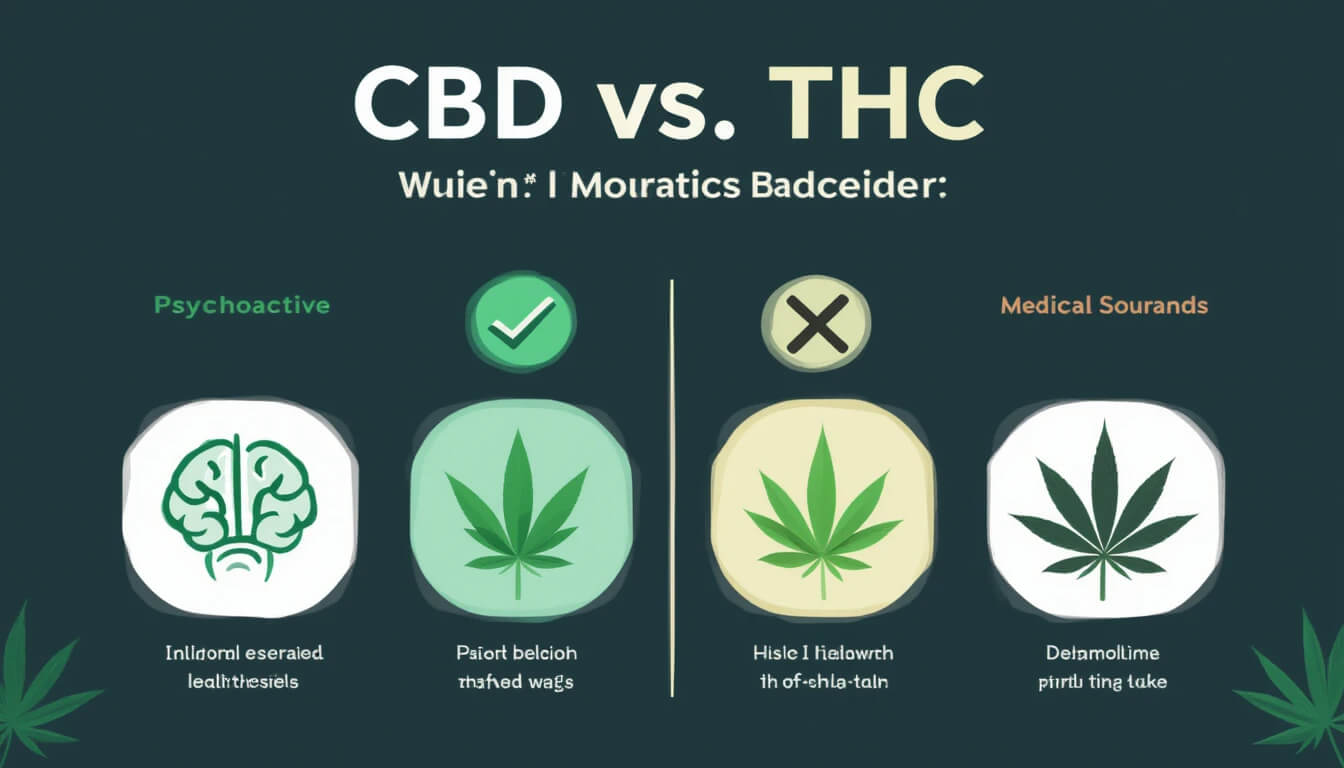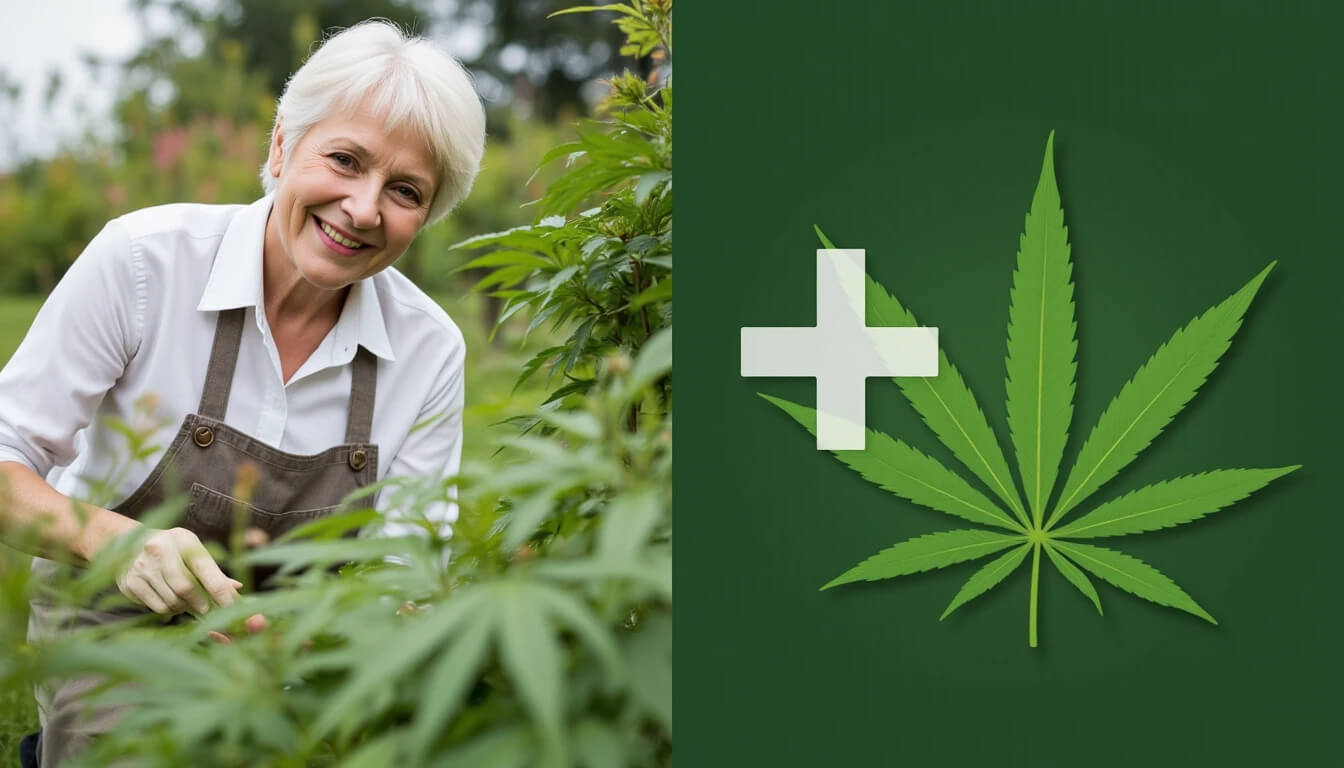Beyond the headlines, discover the deeply personal reasons—from pain relief to finding peace—that are transforming how our elders approach their golden years.
Did you know that cannabis use among adults 65 and older has surged by over 75% in just a few years? This isn't just a minor trend; it’s one of the most significant and surprising current events unfolding in health and wellness today. For a generation that grew up with the strict anti-drug messaging of the 20th century, this shift is monumental. But this story isn't about rebellion; it's about a quiet, determined search for relief, comfort, and a better quality of life.
Here at Care and Prayer, we believe in understanding the whole person—their physical, emotional, and spiritual needs. That's why we're taking a compassionate, in-depth look at this phenomenon. We're moving past the stigma to explore the real reasons so many seniors are turning to cannabis, often for the very first time.
In this comprehensive guide, you will discover:
-
The top medical reasons driving this change, from chronic pain to anxiety.
-
The critical difference between THC and CBD for achieving wellness without the "high."
-
How to approach the conversation with a doctor and the vital safety considerations for older adults.
-
The shifting social and legal landscapes that have made this trend possible.
A Generational Shift: Unpacking Today’s Most Unexpected Health News
If you follow health-related current events, the narrative is impossible to miss: the "Silver Tsunami" is embracing cannabis. A study published in the Journal of the American Medical Association (JAMA) highlighted a dramatic increase in cannabis use among older adults. This isn't happening in a vacuum. It’s the result of two powerful forces colliding: a rapidly aging population seeking better ways to manage chronic conditions, and the widespread legalization of marijuana for both medical and recreational purposes.
For many seniors, their younger years were defined by a very different view of marijuana. Today, as access improves and information becomes more widespread, many are re-evaluating their stance, driven by the powerful testimonials of friends and the growing acceptance within the medical community. This change reflects a broader desire for more natural, personalized approaches to health that prioritize quality of life.
The Search for Relief: Top 5 Medical Reasons Seniors Use Cannabis
The primary driver behind this trend is not a desire to "get high," but a profound need for relief from the ailments that often accompany aging. Let's explore the key motivations.Chronic Pain and Arthritis Management
Chronic pain from conditions like arthritis, neuropathy, and fibromyalgia affects millions of seniors. Traditional opioid painkillers come with a high risk of addiction and significant side effects. Many seniors are turning to cannabis, particularly products high in CBD (cannabidiol), as a potentially safer alternative. Research from sources like the National Institutes of Health (NIH) suggests that cannabinoids can interact with the body's pain-signaling systems, potentially reducing inflammation and providing relief.Improving Sleep and Conquering Insomnia
A good night's rest can become elusive with age. Insomnia and disturbed sleep are common complaints, impacting overall health and cognitive function. Certain cannabis strains, particularly those with specific terpene profiles and a balance of THC and CBN (cannabinol), are reported by users to promote relaxation and deeper sleep, without the "hangover" effect associated with some prescription sleep aids.Easing Anxiety and Finding Calm
The golden years can bring unique anxieties—from health worries to loneliness. For many, cannabis offers a path to tranquility. Microdosing THC or using CBD-dominant products has been shown to help manage symptoms of anxiety and depression. Instead of feeling overwhelmed, many users report a sense of gentle calm and emotional balance, which can be fundamental to both mental and spiritual well-being.Stimulating Appetite and Combating Nausea
Many medical treatments, including chemotherapy, can suppress appetite and cause severe nausea. Age-related changes can also lead to a decreased interest in food. Cannabis has long been recognized for its ability to stimulate appetite (the "munchies") and quell nausea, helping seniors maintain a healthy weight and get the nutrients they need to stay strong.Potential Neuroprotective Benefits
While research is still emerging, some preclinical studies are exploring the neuroprotective properties of cannabinoids. There is growing interest in how compounds in cannabis might help protect brain cells from damage and inflammation, a topic of keen interest for conditions like Alzheimer's and Parkinson's. This area is at the forefront of cannabis research, offering a beacon of hope for the future.
CBD vs. THC: A Simple Guide for the Canna-Curious Senior
Understanding the two main components of the cannabis plant is essential for any senior considering its use.
-
THC (Tetrahydrocannabinol): This is the compound that produces the psychoactive "high" associated with marijuana. It is also responsible for many of its therapeutic effects, such as pain relief, appetite stimulation, and sleep aid.
-
CBD (Cannabidiol): This compound is not psychoactive, meaning it won’t make you feel high. It has gained immense popularity for its potential to relieve pain, reduce inflammation, and ease anxiety without impairing cognitive function.
For many seniors, CBD-only products or products with a very high CBD-to-THC ratio are the ideal starting point. This allows them to experience the therapeutic benefits while keeping their minds clear and sharp.
“Doctor, Is This Right for Me?”: How to Safely Navigate Medical Cannabis
At Care and Prayer, we advocate for informed and safe choices made in partnership with healthcare professionals. It is absolutely essential for any senior considering cannabis to speak with their doctor first.
Here’s why this conversation is critical:
-
Drug Interactions: Cannabis can interact with common medications, such as blood thinners, blood pressure drugs, and statins. A doctor can review your current prescriptions to prevent dangerous combinations.
-
Dosing: The right dose is highly individual. A medical professional can help you start with a low dose and gradually find the amount that provides relief without unwanted side effects.
-
Method of Consumption: Smoking is not the only option and is often discouraged for seniors. Doctors can recommend safer methods like tinctures (oils), edibles, or topicals (creams and balms).
From “Reefer Madness” to Modern Medicine: Breaking Down Old Stigmas
For the generations that grew up during the "War on Drugs," the idea of using marijuana can carry a heavy stigma. However, seeing the tangible benefits for friends and family, coupled with a constant stream of positive news, has empowered many to reconsider their long-held beliefs. This shift is less about recreation and more about reclamation—reclaiming a life free from debilitating pain and anxiety. This is one of the most profound human stories within the broader current events of legalization.
Read our more article 15 Best Weight Loss Foods to Help You Shed Pounds Naturally2. Will using cannabis for pain make me feel high?
Not necessarily. Products that contain only CBD or a very high ratio of CBD to THC are non-intoxicating and do not produce a "high." This is often the recommended starting point for seniors seeking pain relief without cognitive impairment.
3. What is the safest way for a senior to consume cannabis?
Smoking is generally discouraged due to its effect on respiratory health. Safer methods include:
Tinctures/Oils: Taken under the tongue for fast absorption.
Edibles: Gummies or capsules with precise, long-lasting doses.
Topicals: Creams and balms applied directly to the skin for localized pain.
4. Can cannabis interact with my prescription medications?
Yes, this is a major safety concern. Cannabis can interact with many common prescriptions, especially blood thinners like warfarin, as well as some heart and seizure medications. It is crucial to discuss this with your doctor before starting any cannabis product.
5. What’s the most important piece of advice for a senior new to cannabis?
The golden rule is: “Start Low and Go Slow.” Begin with the lowest possible dose of a CBD-rich product and wait to see how your body reacts before considering a higher dose. Keeping a journal of your dose, timing, and effects can be very helpful.
The growing trend of seniors turning to cannabis is far more than a fleeting headline; it’s one of the most compelling current events reflecting a massive shift in how we approach aging and wellness. Driven by a desire for relief from chronic conditions and a better quality of life, our elders are challenging old stigmas and seeking out compassionate care on their own terms.
Here at Care and Prayer, we see this as a powerful movement towards personalized, gentle, and effective self-care. The key is to proceed with wisdom, caution, and guidance. By partnering with healthcare providers, starting with low doses, and choosing the right products, cannabis can represent a promising new tool in the wellness journey.
What are your thoughts on this topic? Have you or a loved one explored cannabis for wellness? Share your story in the comments below—your experience could bring hope and clarity to others.

